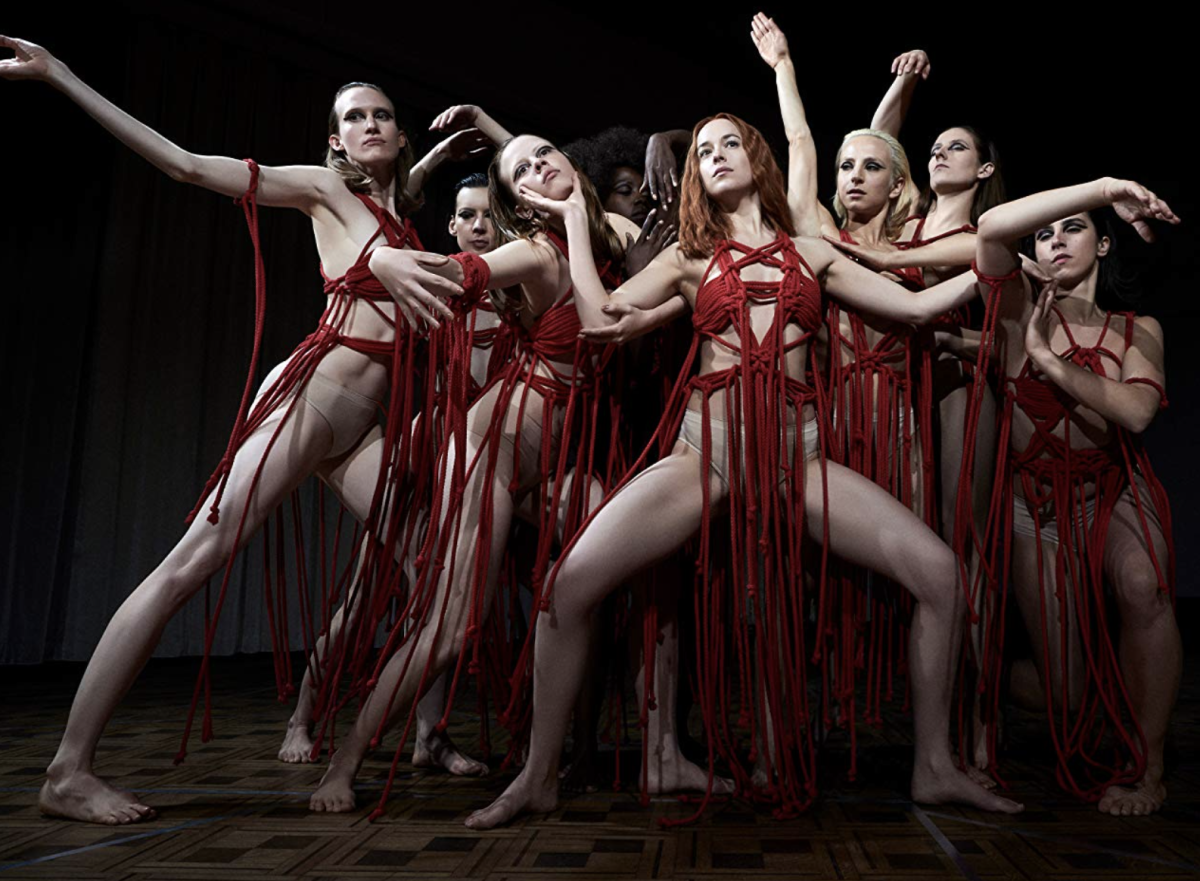While watching Luca Guadagnino’s remake of “Suspiria,” I found myself thinking not of the original, nor the countless films it’s been compared with (see “Mother!,” the films of Rainer Werner Fassbinder), but a more forgotten, widely-hated film — Ang Lee’s “Hulk.” Like the new Suspiria, “Hulk” took a beloved property and reassembled it into something even its most ardent fans wouldn’t recognize — a bizarre, strangely upsetting melodrama about coping with the wrongdoings of the generations that came before us. Critics didn’t know what to make of it, audiences turned away in droves, and the film is hardly remembered except as a punchline in the wake of the Marvel Cinematic Universe over 15 years later.
It’s not hard to imagine “Suspiria” sharing a similar fate among critics and at the box office, but anyone who sees it certainly won’t be getting its gruesome imagery out of their head anytime soon. The new film, which has already become greatly divisive, refashions a cult classic horror movie about a dance academy run by a coven of witches into something else entirely. The remake offers a violent, shockingly somber parable about the ways we fail to learn from evil, and instead forget that it happened entirely. Despite being a remake, it’s arguably the boldest widely-released film in several years, as it’s completely unafraid to fall flat on its face in a way so few current movies are.
If it wasn’t evident from the film’s marketing, the first 20 or so minutes of the remake quickly announce something fairly obvious — this is not the same movie. Gone is the glorious kaleidoscopic, neon imagery of the original, and in its place you have the beige, washed-out interiors of a dance academy that’s seen better (and much worse) days. This lack of color worried some initially, but combined with the film’s bleak winter setting and its moody score from Radiohead frontman Thom Yorke, it makes for part of a stunning mood piece.
The basic premise remains the same — young dancer Susie Bannion (Dakota Johnson) decides to study at a prestigious German dance academy under the menacing gaze of Madame Blanc (Tilda Swinton, in one of the year’s best performances), where, unbeknownst to her, something sinister lurks beneath. The extent of that sinister something is revealed early on in what is likely to be the most stomach-churning scene of the year, as Bannion’s dances cause another student in another room to become disfigured and have her body contorted in an unnatural way. It’s a scene as visceral and grueling as anything David Cronenberg has ever filmed. The sound effects alone are the stuff of nightmares.
The dynamic between the wide-eyed, hopeful Bannion and the perpetually-unsatisfied Madame Blanc is one of the most complex and fascinating on-screen, mentor-student relationships in recent memory. Bannion can’t comprehend the bigger picture of what she’s gotten herself into and chooses to ignore and accept it, while Blanc pushes her to her physical limits and she willingly obliges. It’s a much-needed feminine counterpart to explorations of this dynamic in films like “Whiplash,” whose point about masculine rage is made quickly and unsubtly.
Guadagnino’s efforts to take the original work and make it about something more than just witchcraft don’t entirely succeed. If I previously commended the film for going for broke and putting everything it has on the screen, the epilogue is where it reaches just a little too far in its conclusions. Guadagnino’s parallels between the history of Germany and the coven at the academy aren’t exactly subtle throughout, but they’re not trying to be. That being said, the film’s final scene takes that metaphor to an extreme level that feels almost insensitive, and it oddly reaches for a sentimental ending in an otherwise totally bleak and morbid film.
Guadagnino, who directed last year’s critical darling “Call Me by Your Name,” seems much better suited to directing the horror genre than the romances he’s made in the past. That film felt detached and distant where it was supposed to be warm and immersive. “Suspiria” works because, for the most part, it’s designed to feel cold and mechanical, and somewhat removed from reality. That distance will likely turn off some viewers, but it put me under its spell.
_Edited by Siena DeBolt | [email protected]_








